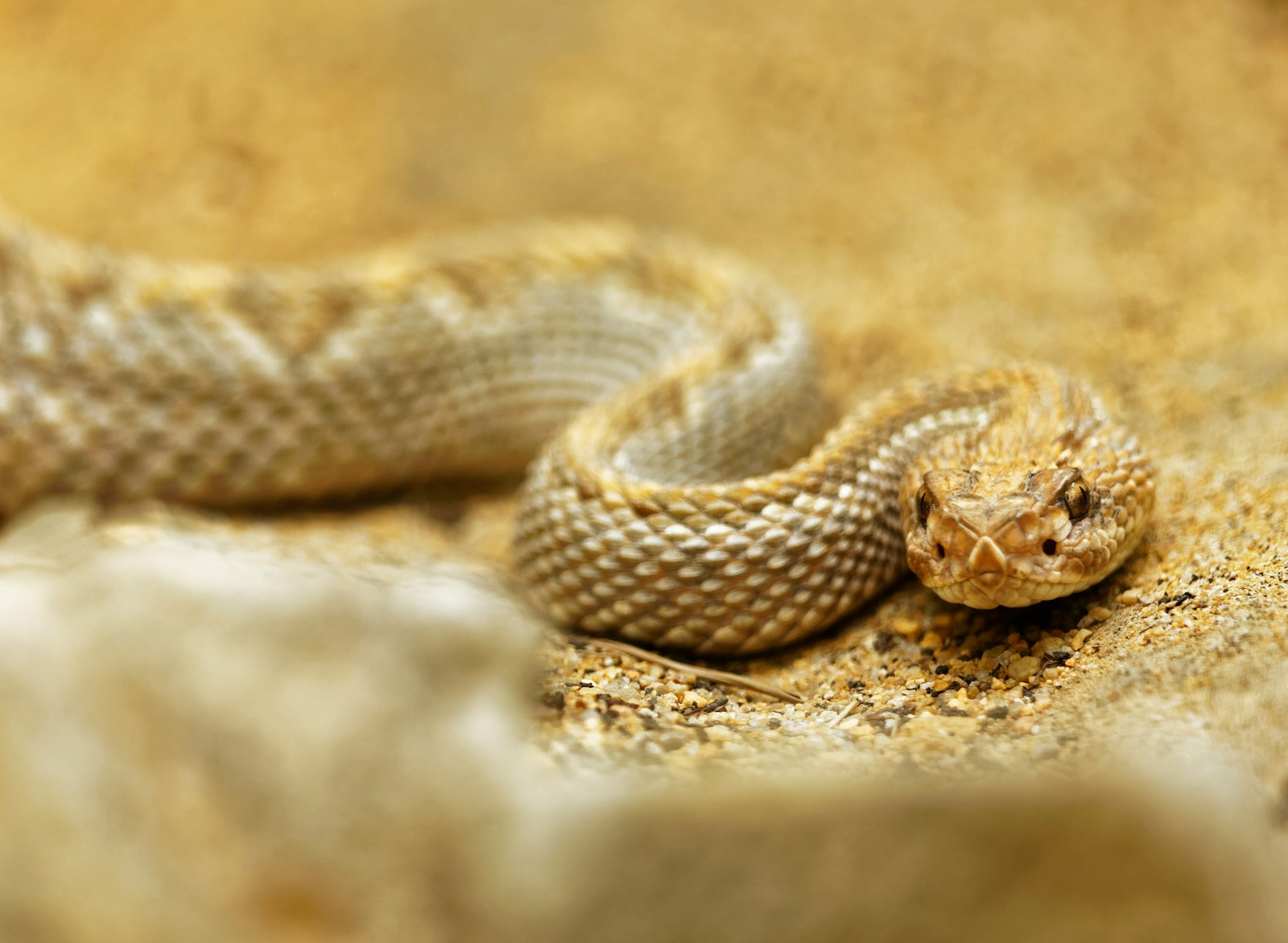In the mysterious world of serpents, communication extends far beyond hisses and rattles. Snakes, often misunderstood as emotionless creatures, actually possess sophisticated ways of expressing their internal states—with color changes being one of their most fascinating communication methods. While not as immediately noticeable as a chameleon’s dramatic transformations, snakes undergo subtle yet significant color shifts that signal their moods, intentions, and physiological conditions. These chromatic communications serve crucial functions in their survival, reproductive success, and social interactions. Let’s explore how these remarkable reptiles use their scales as emotional canvases, revealing inner states through the language of color.
The Science Behind Snake Coloration
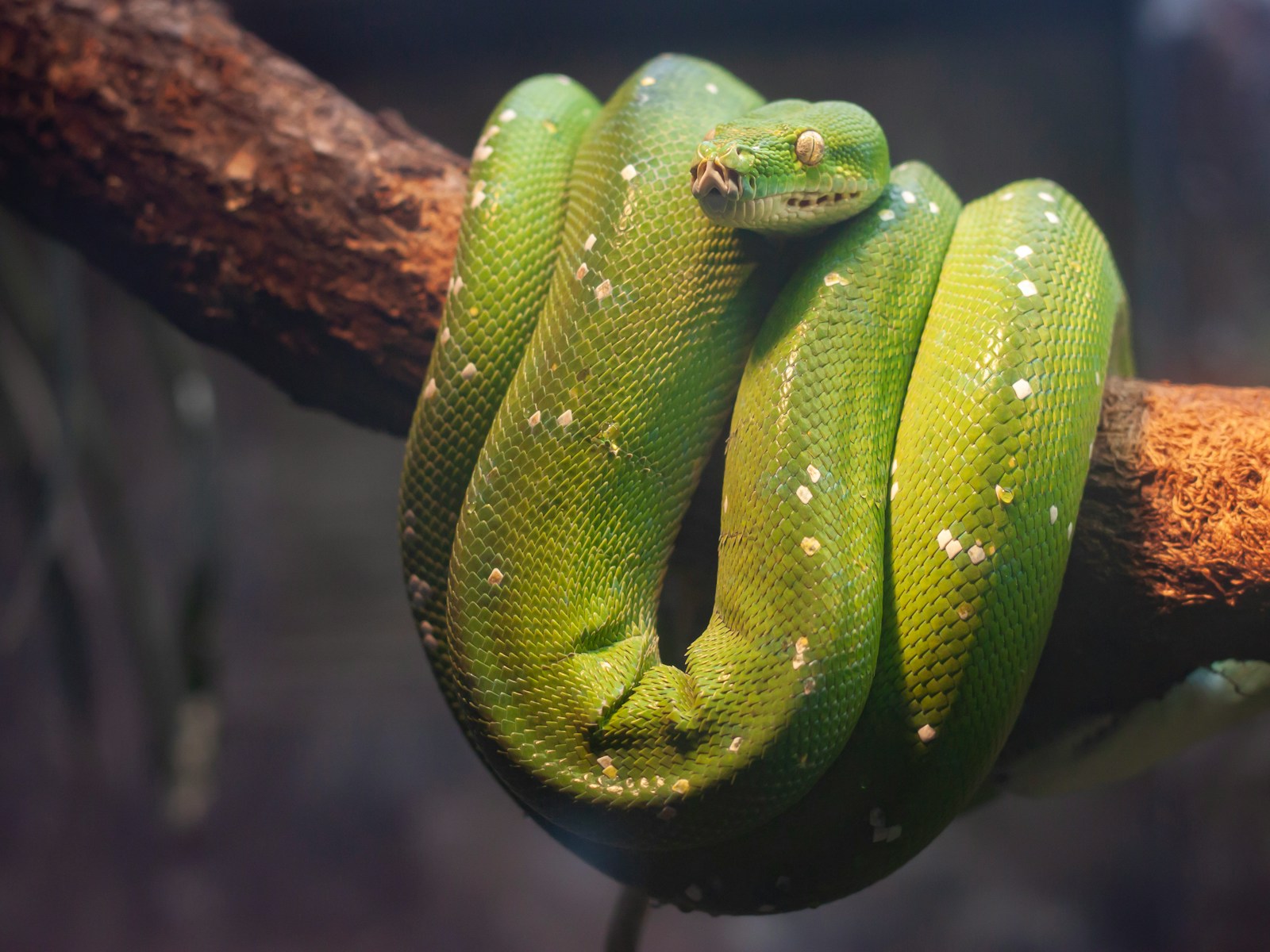
Snake coloration is controlled by specialized cells called chromatophores, which contain pigments that can expand or contract to create color changes. Unlike mammals, which have relatively fixed coloration, many snake species can modify their appearance through physiological and morphological color changes. Physiological changes occur rapidly through the movement of pigment within cells, while morphological changes happen over longer periods through the production of new pigment cells. These color-changing capabilities evolved primarily for camouflage and thermoregulation, but have been co-opted for communication purposes in many species. The complexity of these mechanisms varies greatly across snake species, with some having simple systems while others possess intricate networks of chromatophores that allow for more nuanced color expressions.
Stress Responses and Color Intensity
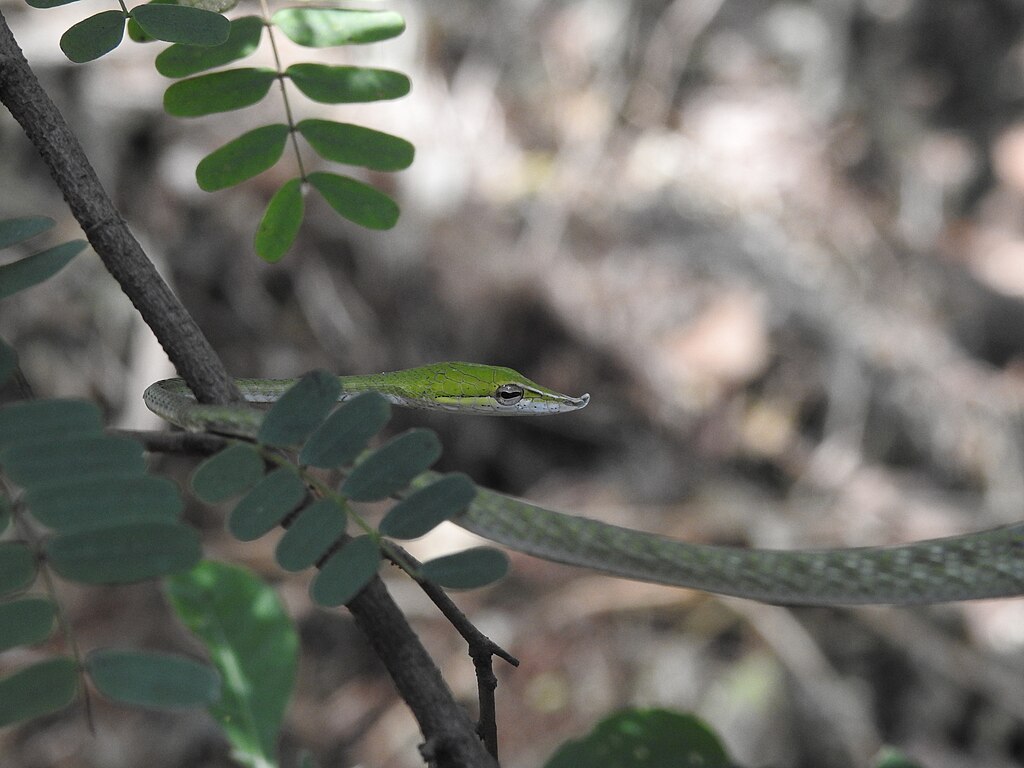
When snakes experience stress, many species demonstrate noticeable changes in color intensity as part of their physiological response. For instance, some colubrids like rat snakes may appear significantly darker when stressed, as blood flow changes and pigment cells expand. This darkening serves as a visual warning to potential threats and may help the snake appear larger or more intimidating. Conversely, extreme stress can sometimes cause certain snakes to become paler as blood redirects to vital organs in preparation for fight or flight. Keepers and researchers use these color changes as important indicators of snake wellbeing in captivity, allowing them to modify environments or handling practices accordingly. These stress-induced color shifts typically resolve once the snake returns to a calm state, though prolonged stress can lead to more persistent coloration changes.
Threat Displays and Warning Coloration

Perhaps the most dramatic color communications occur during threat displays, when many snake species enhance their warning coloration to deter predators. The eastern hognose snake offers a spectacular example, flushing its neck region to appear more threatening when confronted. Some vipers visibly darken their patterns when agitated, making their zigzag markings more pronounced and intimidating. The deadly king cobra can spread its hood while simultaneously darkening the scales on its expanded neck, creating a more dramatic visual display. These color intensifications typically work in conjunction with postural changes, hissing, and other defensive behaviors to create multi-modal warning signals. The ability to rapidly shift coloration during threat displays gives snakes a significant advantage, allowing them to appear more dangerous without expending the energy required for actual combat.
Breeding Season Color Changes

Many snake species undergo remarkable color transformations during breeding season, using chromatic shifts to signal reproductive readiness. Male garter snakes often develop more vibrant lateral stripes and lighter overall coloration when seeking mates, making them more visible to females and competing males. In some python species, males may develop a distinct iridescent sheen during breeding season, reflecting ultraviolet light that’s visible to potential mates but not to predators. Female vipers sometimes display darker coloration after ovulation, potentially signaling to males that they’ve already mated and preventing harassment. These breeding-related color changes are typically hormone-driven and coincide with behavioral and physiological shifts that prepare the snake for reproduction. The temporary nature of these color changes allows snakes to balance the benefits of attracting mates with the risks of being more visible to predators.
Temperature Regulation and Mood
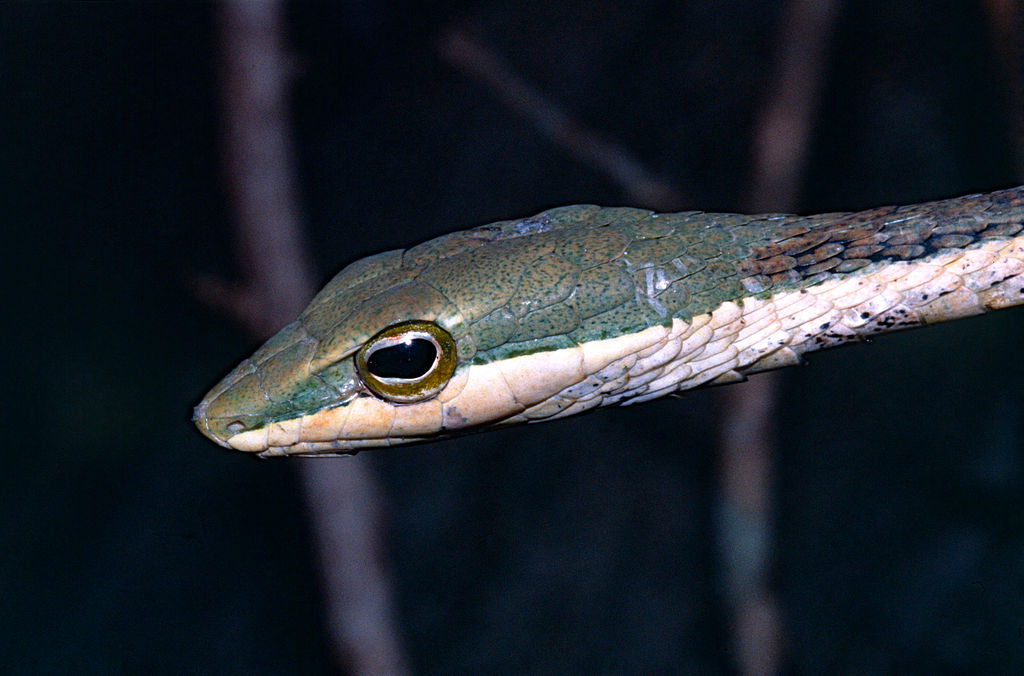
Snake coloration shifts significantly with temperature changes, indirectly revealing their thermal comfort and associated mood states. Many species become noticeably darker when cool, as the expanded melanophores help absorb more heat from the environment. This darkening not only serves a thermoregulatory function but also signals that the snake is in a low-energy state and potentially more defensive if disturbed. Conversely, when at optimal temperature ranges, many snakes display their brightest, most vibrant coloration, indicating peak activity levels and generally more exploratory or hunting-focused behaviors. Some species, like certain pythons, can appear dramatically different between their cool morning colors and their warmer afternoon hues. Experienced reptile keepers recognize these temperature-related color shifts as valuable indicators of their animals’ physiological states and behavioral readiness.
Seasonal Color Variations

Beyond short-term mood signals, many snake species undergo predictable seasonal color changes that reflect their annual cycles and corresponding emotional states. During pre-hibernation periods, species like timber rattlesnakes often develop duller coloration as their metabolism slows and they become more lethargic. Spring emergence frequently brings a period of enhanced coloration as snakes shed their winter skin and prepare for the active breeding season. Desert-dwelling species may develop lighter coloration during hot summer months, not only for thermoregulation but also signaling their shift to more nocturnal activity patterns and associated behavioral changes. These seasonal variations create a visual calendar of the snake’s annual emotional and physiological cycles. By observing these predictable changes, researchers can better understand snake behavior patterns without more invasive monitoring methods.
Defensive Mimicry Through Color
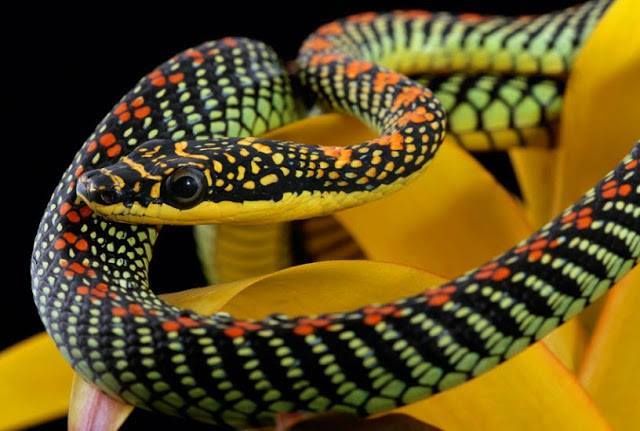
Some non-venomous snakes have evolved the remarkable ability to mimic the warning coloration of venomous species, effectively “borrowing” their threatening color communication. The scarlet kingsnake famously mimics the coral snake’s distinctive red, black, and yellow banding, and can intensify these colors when threatened to enhance the deceptive display. What makes this especially interesting is that these mimics don’t just copy patterns—they can modulate their color intensity in response to threats, just as their venomous models do. When disturbed, milk snakes may appear to “glow” with more vibrant coloration as blood rushes to their scales during stress responses. This ability to not only mimic pattern but also the dynamic color responses of dangerous species represents a sophisticated form of defensive communication. The effectiveness of this strategy relies on predators’ ability to recognize and respond to the color signals of truly dangerous snakes.
Post-Feeding Color Changes
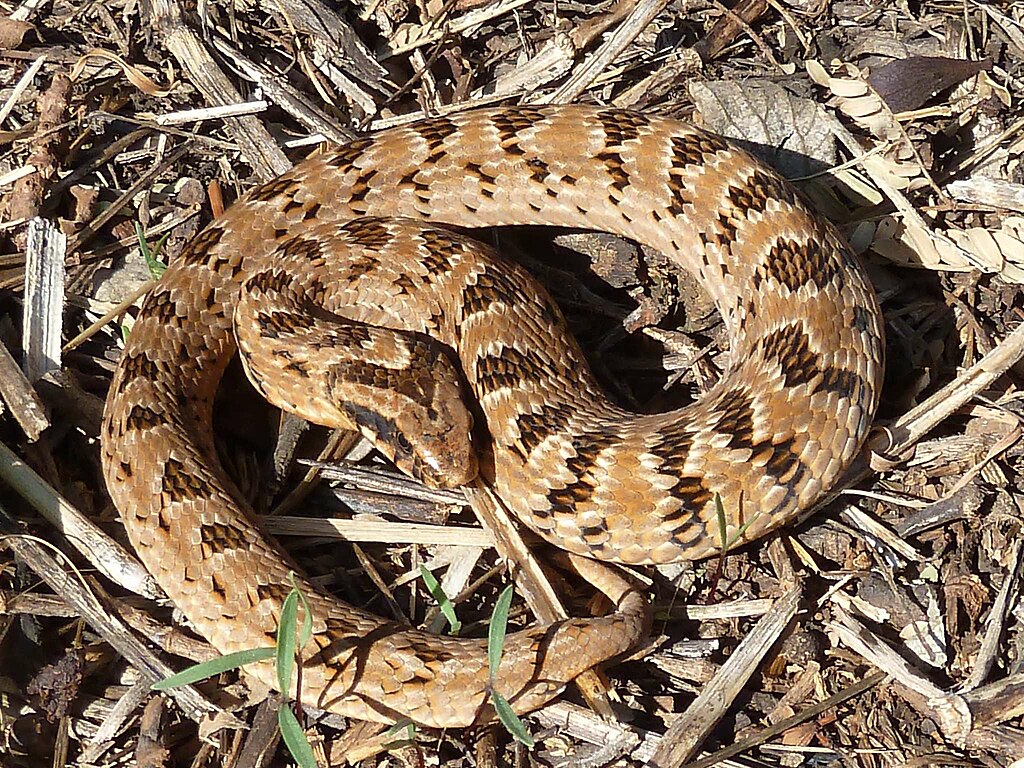
Following a successful meal, many snake species undergo noticeable color changes that signal their digestive state and associated vulnerability. Ball pythons often develop darker blotches or patches as their metabolic rate increases to digest large prey items. This darkening may communicate to potential threats that the snake is temporarily compromised and more likely to defend rather than flee. Some arboreal species like green tree pythons may develop a more yellowish tinge during digestion, possibly serving as camouflage while they remain relatively immobile. Reticulated pythons can display more pronounced patterning during digestion, likely related to changes in blood flow and scale tension as their bodies accommodate large prey. These post-feeding color shifts typically last throughout the digestion period, gradually returning to normal as the snake processes its meal and regains full mobility.
Shedding Process and Mood Indicators
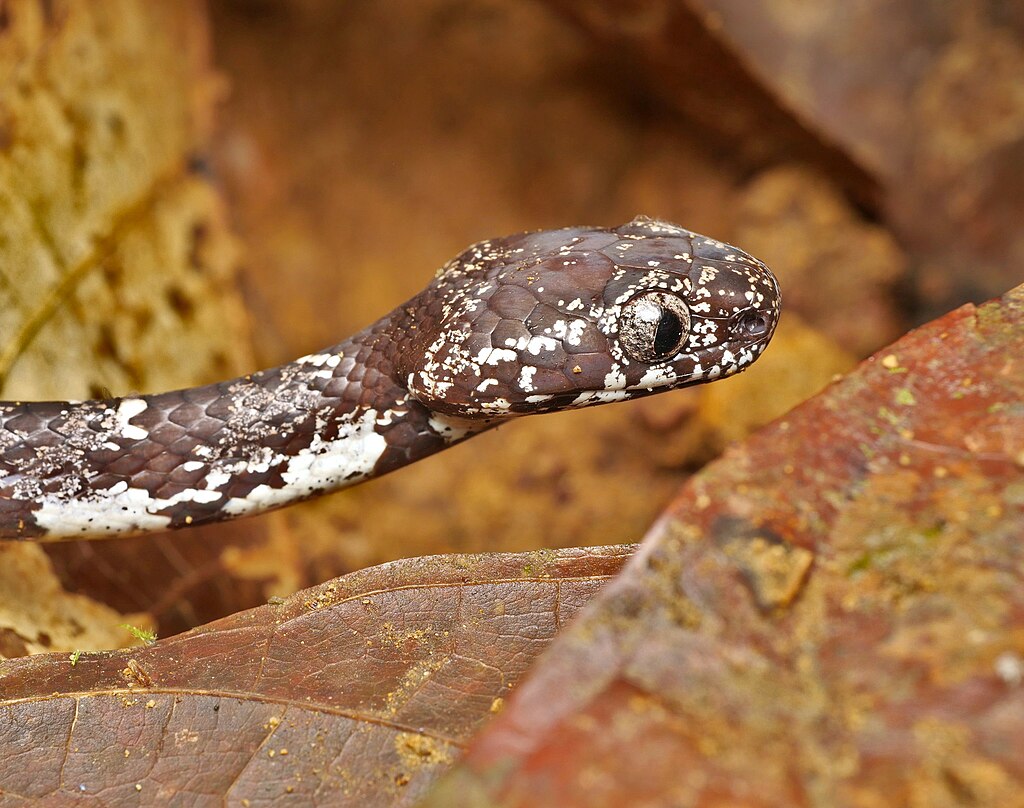
The shedding cycle provides one of the most visible examples of how snakes communicate their physical and emotional states through color changes. As a snake approaches ecdysis (shedding), its skin develops a distinctly bluish or milky appearance as the old and new skin layers separate, signaling a period of vulnerability and typically defensive behavior. During this “blue phase,” most snakes become noticeably more reclusive and irritable, with their dulled coloration serving as a warning to potential threats. After successfully shedding, snakes typically display their most vibrant coloration, indicating renewed health and often increased activity levels. This post-shed brightness serves as a visual reset, signaling the snake’s return to optimal condition and normal behavioral patterns. The dramatic contrast between pre-shed dullness and post-shed brilliance provides a clear visual timeline of the snake’s changing emotional states throughout this physiologically demanding process.
Species-Specific Color Communications
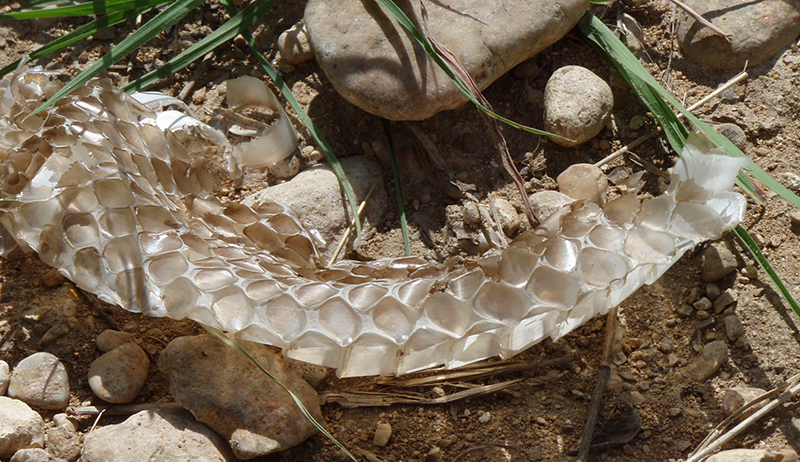
The sophistication of color-based mood communication varies dramatically across snake species, with some having evolved particularly advanced systems. Green tree pythons (Morelia viridis) are renowned for their ability to display subtle color variations that indicate not just basic states like stress or aggression, but also more nuanced conditions such as reproductive readiness or illness. Eastern indigo snakes (Drymarchon couperi) can modulate the iridescence of their scales depending on their mood, appearing nearly black when threatened but showing beautiful blue-purple highlights when calm or exploring. The common European adder (Vipera berus) displays remarkable individual variation in how dramatically its zigzag pattern darkens during threat displays, suggesting potential personality differences in how they communicate alarm. Cottonmouths (Agkistrodon piscivorus) use the stark white lining of their mouths in conjunction with body darkening to create a multi-component threat display that clearly communicates their defensive state.
Interpreting Snake Body Language Alongside Color
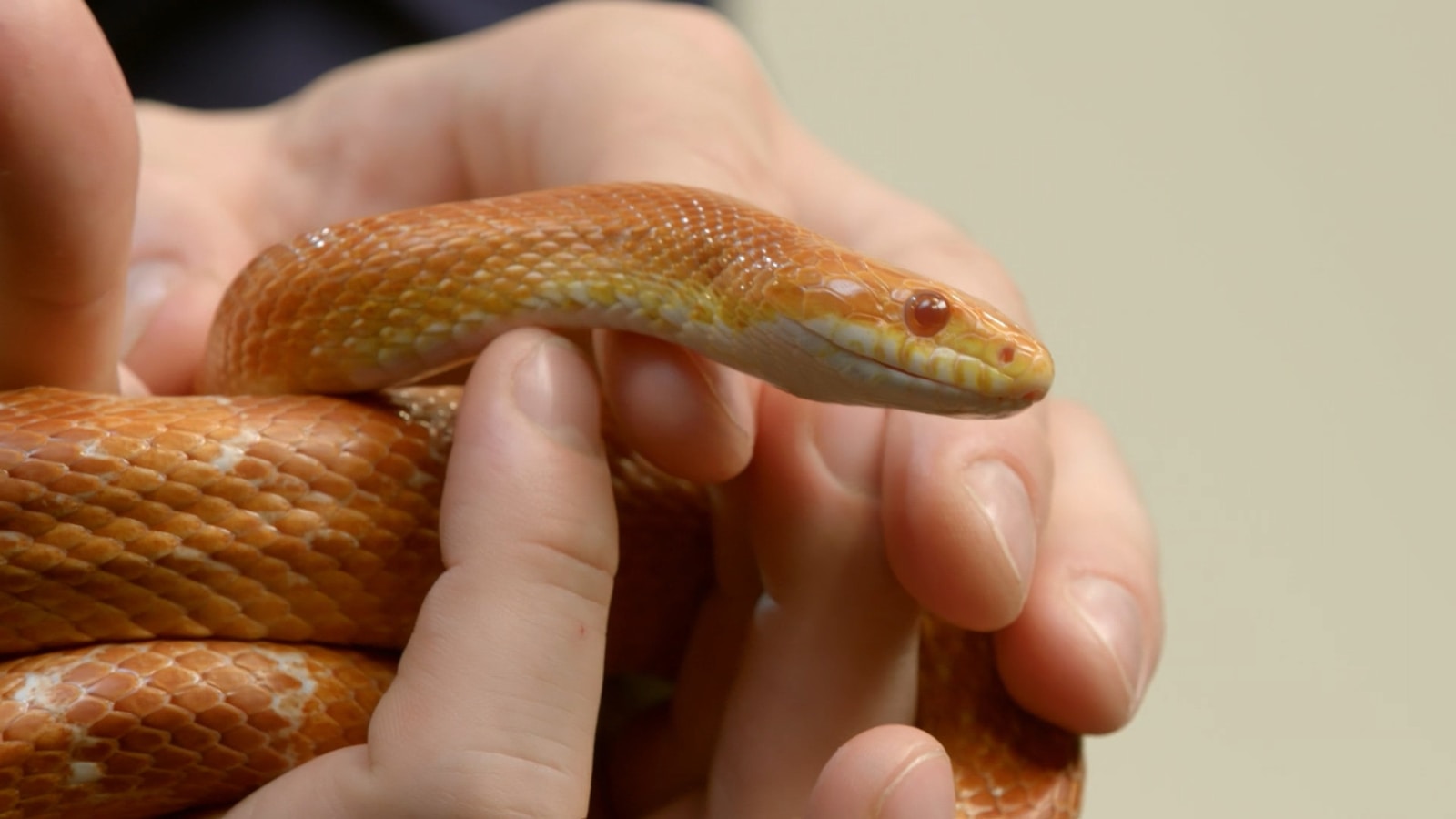
Color changes in snakes rarely occur in isolation—they typically form part of a comprehensive body language system that includes posture, movement patterns, and other visual signals. A western diamondback rattlesnake’s warning display involves not just intensified pattern contrast but also coiling, head elevation, and of course, tail rattling. When assessing a snake’s mood through color, it’s essential to observe these accompanying signals for accurate interpretation. For instance, a darkened king cobra with a flattened hood and raised head is communicating extreme threat, while the same darkening with a relaxed posture might simply indicate temperature regulation. Even subtle elements like pupil dilation and tongue-flicking frequency provide context for interpreting color changes accurately. Professional handlers and researchers learn to read these integrated communication systems rather than relying on any single indicator, creating a more complete picture of the snake’s emotional state.
Limitations and Misconceptions
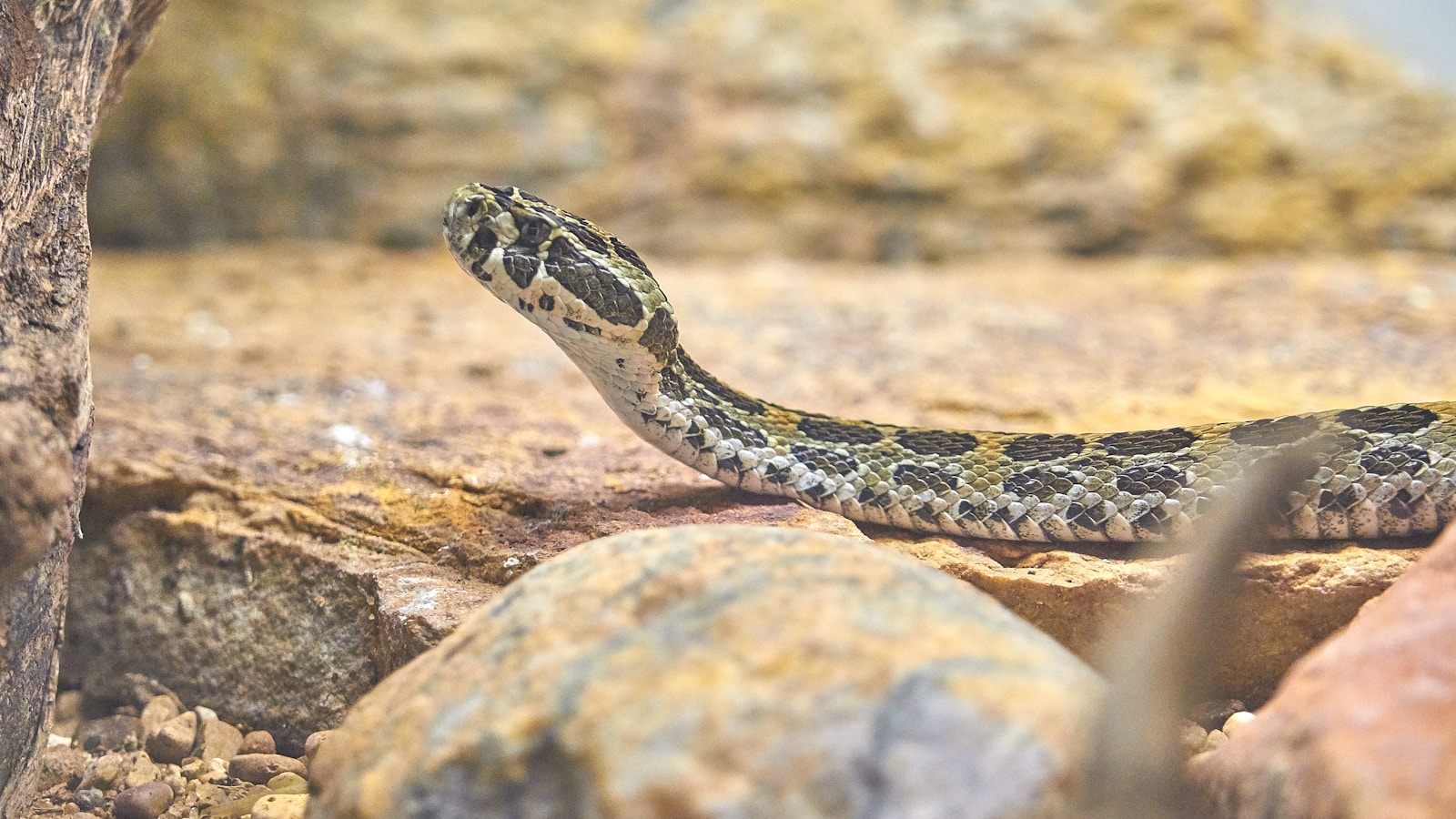
Despite their fascinating color-changing abilities, snakes face significant limitations in this form of communication, leading to common misconceptions about their emotional expressiveness. Unlike animals with facial muscles that can form expressions, snakes rely entirely on physiological color changes that are often involuntary responses rather than intentional signals. This constraint means their color communications are typically broad indicators of states like stress, aggression, or reproductive readiness rather than complex emotions. Many perceived color changes in snakes actually result from viewing angles, lighting conditions, or recent shedding rather than mood shifts, causing observers to misinterpret normal variations. Additionally, while some species show dramatic color changes, others have minimal ability to alter their appearance, with heavily patterned species generally showing less noticeable shifts than those with solid coloration. Understanding these limitations helps prevent anthropomorphizing snake behavior while still appreciating their unique communication methods.
Practical Applications for Snake Keepers

For those who keep snakes in captivity, recognizing color-based mood indicators provides invaluable insights for proper care and handling. Experienced keepers know that a ball python displaying unusually dark coloration may be experiencing stress from inappropriate housing conditions or illness requiring veterinary attention. Breeders rely on the subtle color intensifications that indicate reproductive readiness, helping them time introductions between potential mates more effectively. During handling sessions, noticing a gradual darkening of a snake’s pattern can serve as an early warning that the animal is becoming stressed before more obvious defensive behaviors emerge. Some rehabilitation facilities use color changes as progress indicators when working with rescued snakes, with the return of vibrant, stable coloration suggesting improved health and reduced stress levels. By learning to “read” their snakes through these color cues, keepers can provide more responsive, individualized care that respects each animal’s current state.
Conclusion
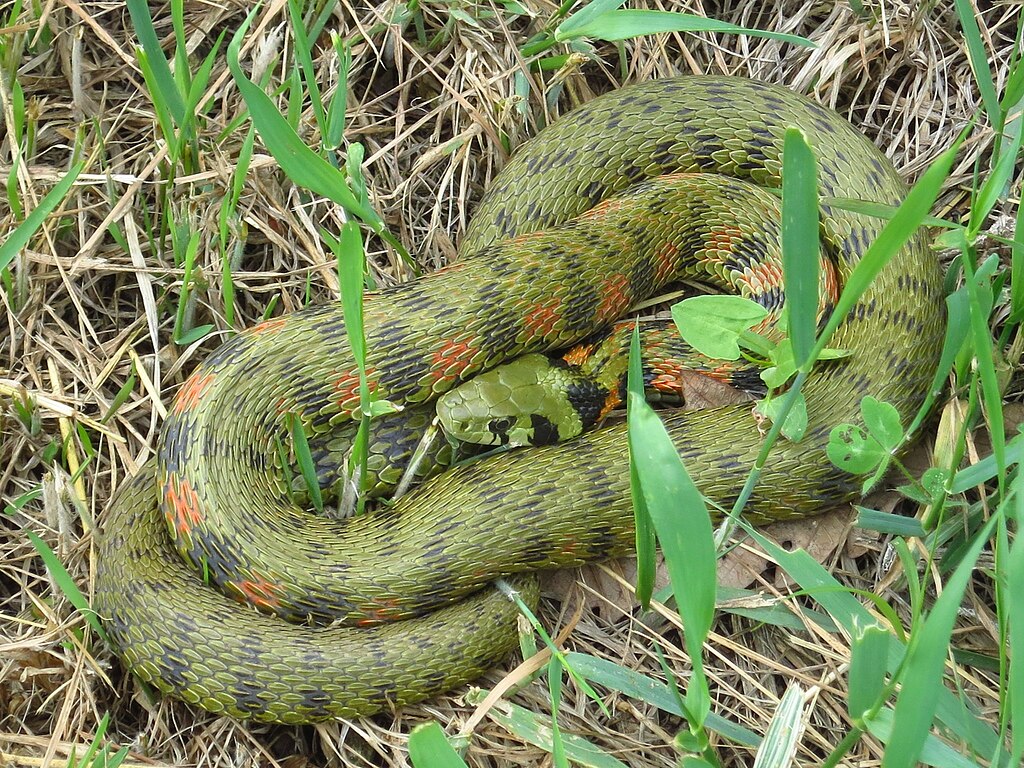
The chromatic communication of snakes represents a fascinating intersection of biology, behavior, and evolution. While not as immediately apparent as the vocalizations of mammals or the facial expressions of primates, these color-based mood indicators offer a window into the emotional lives of creatures often perceived as expressionless. From the stress-darkened scales of a threatened rattlesnake to the vibrant post-shed brilliance of a content python, these color shifts reveal the complex internal states of these remarkable reptiles. By understanding how snakes use color to communicate their moods, we gain not only practical knowledge for better care and interaction but also a deeper appreciation for the sophisticated communication systems that have evolved throughout the animal kingdom. In their silent, subtle language of color, snakes remind us that communication takes many forms, and that even the most mysterious creatures have their own ways of expressing themselves to those who learn to observe.

